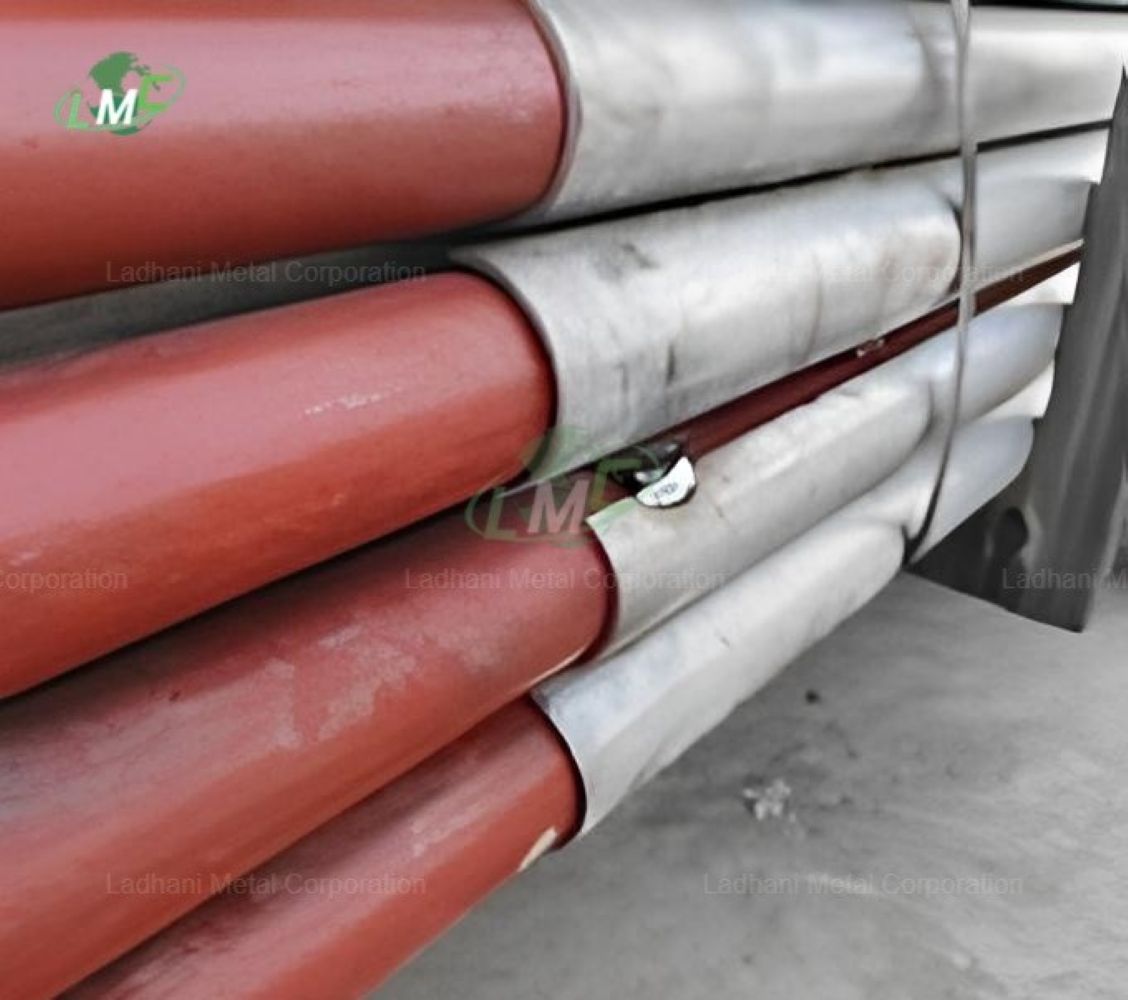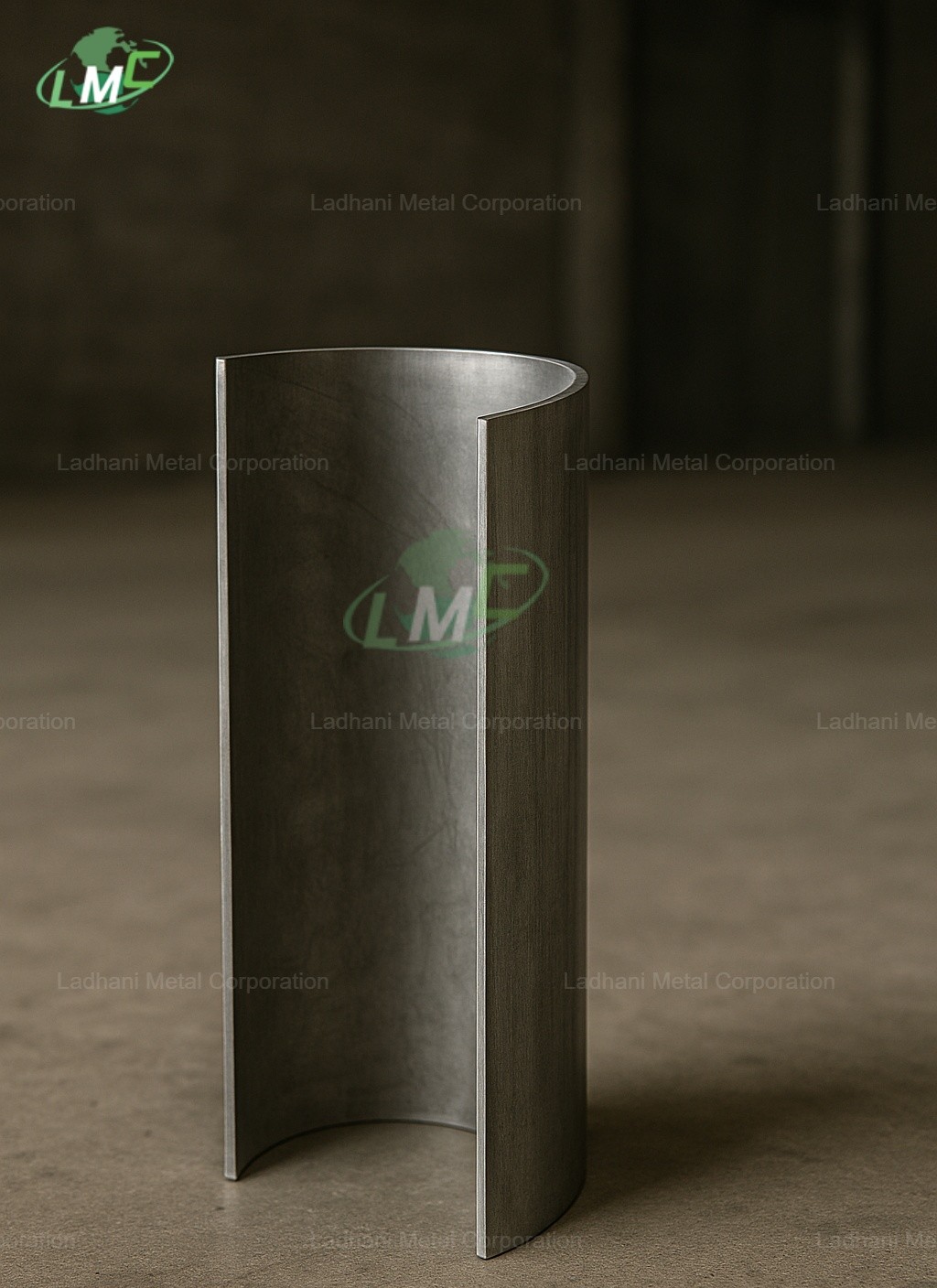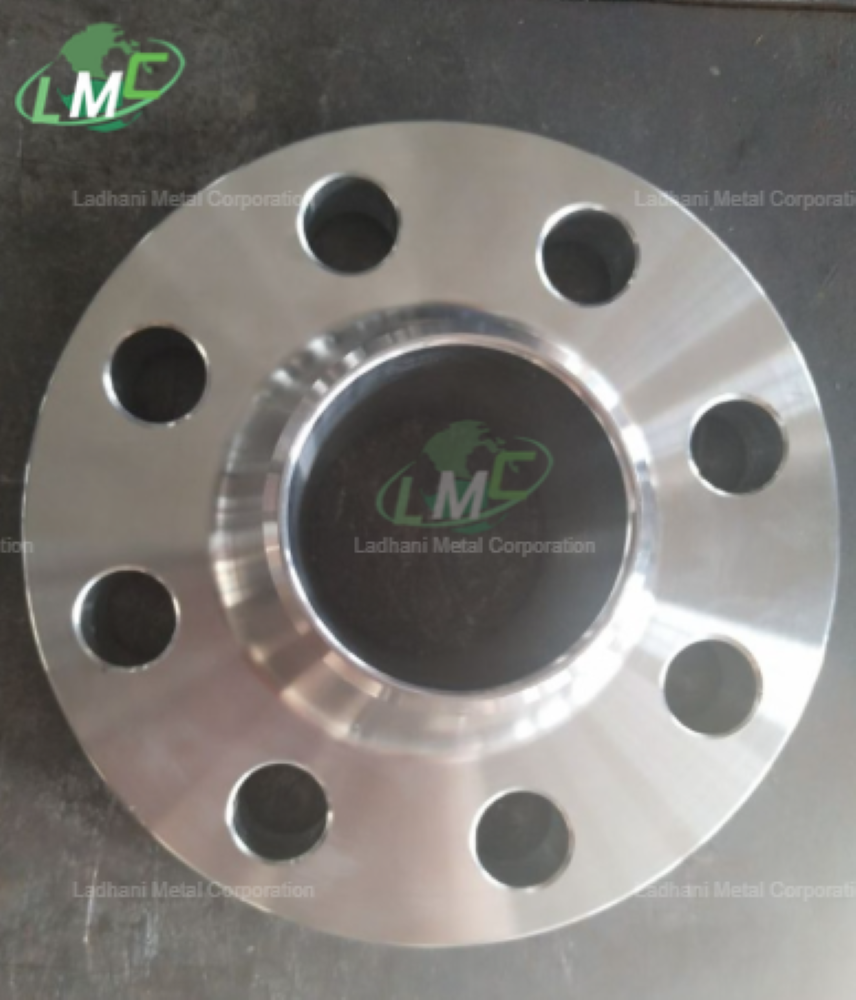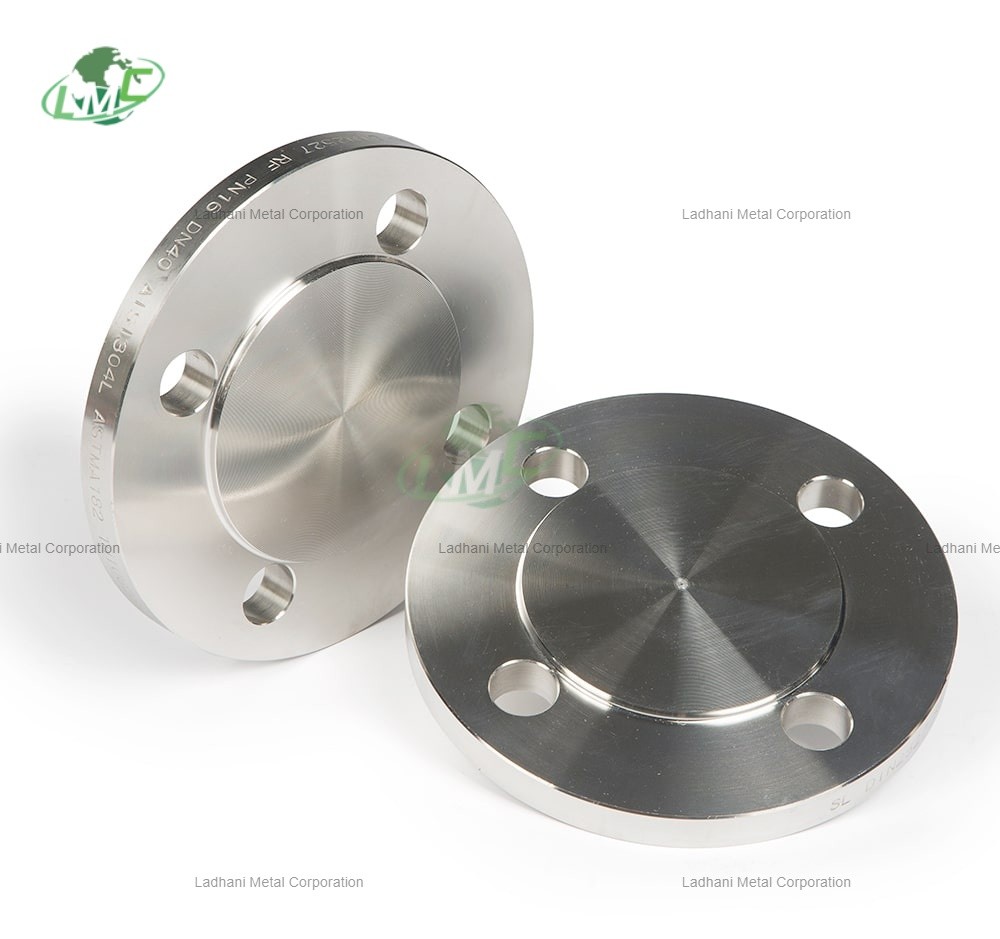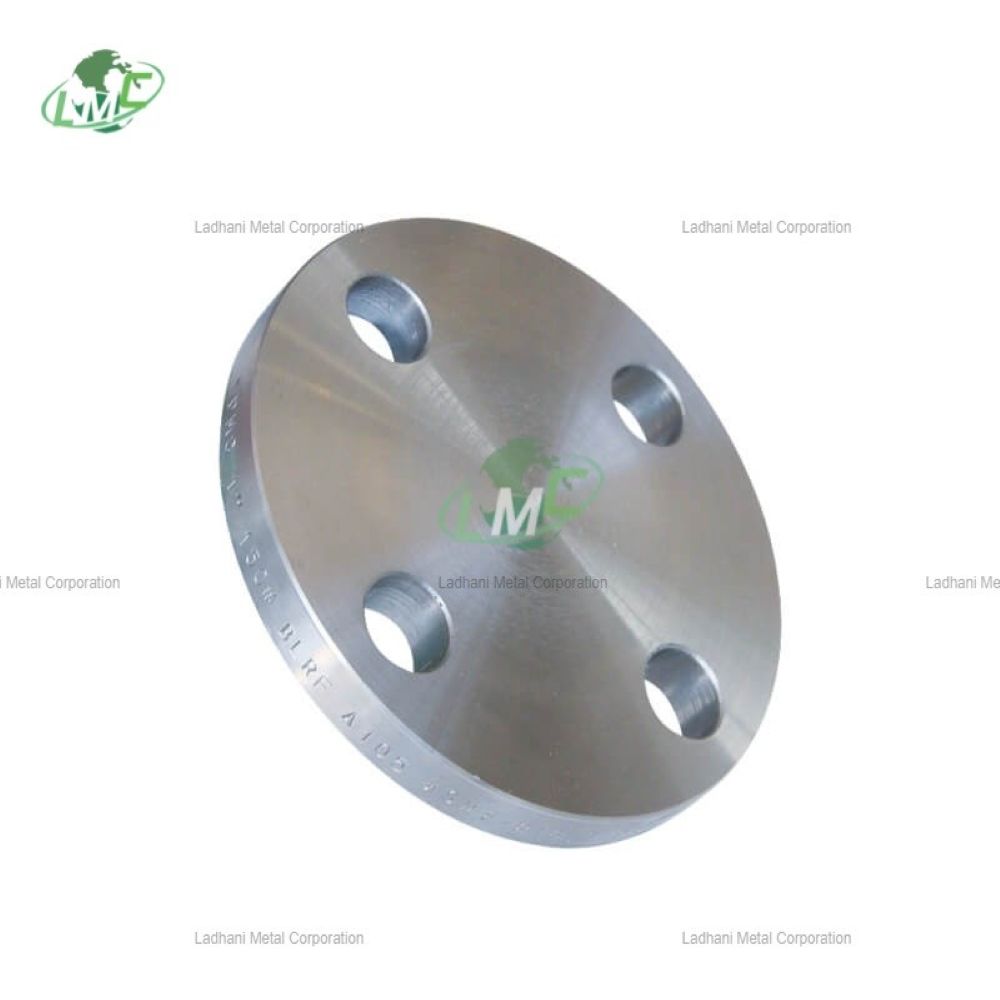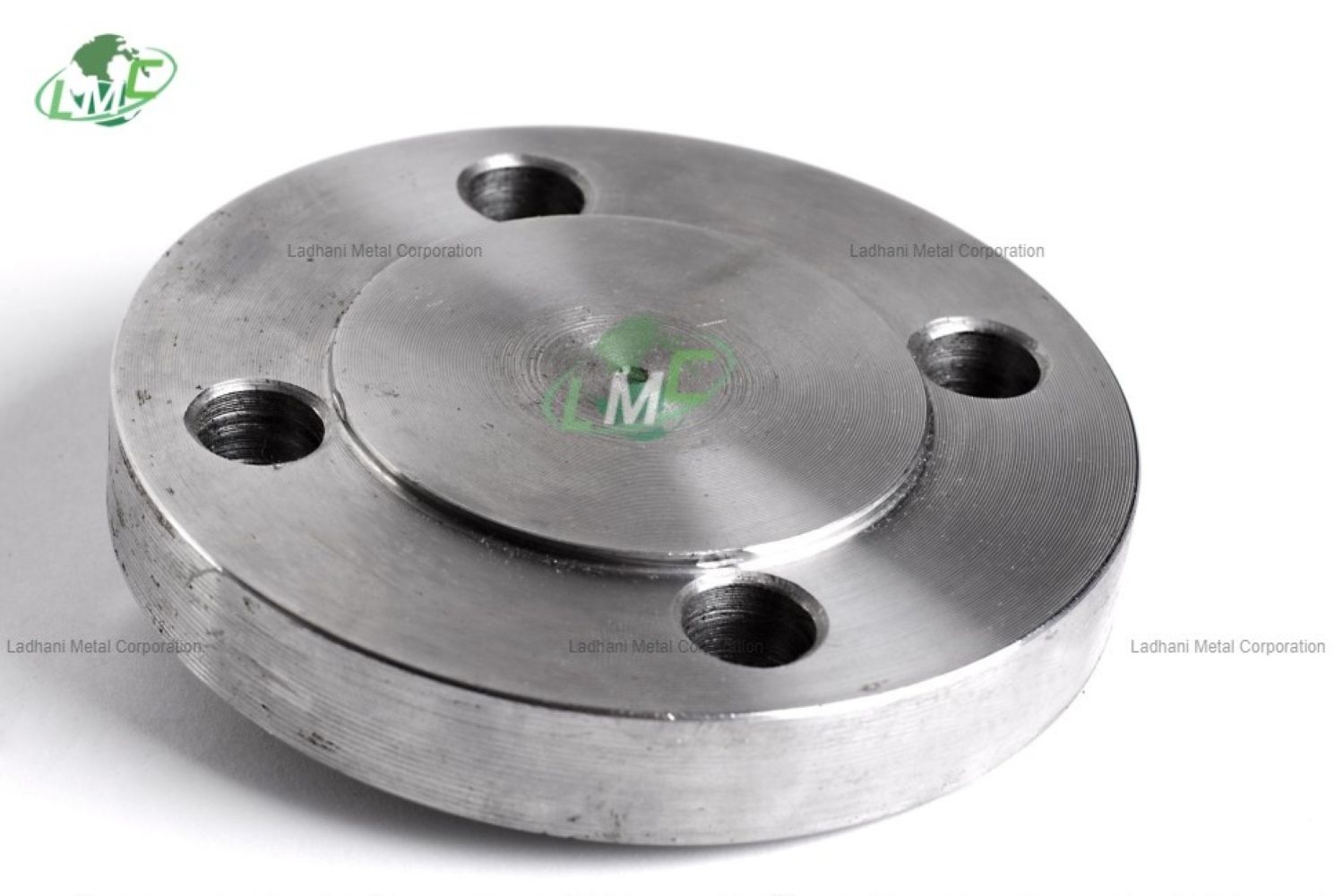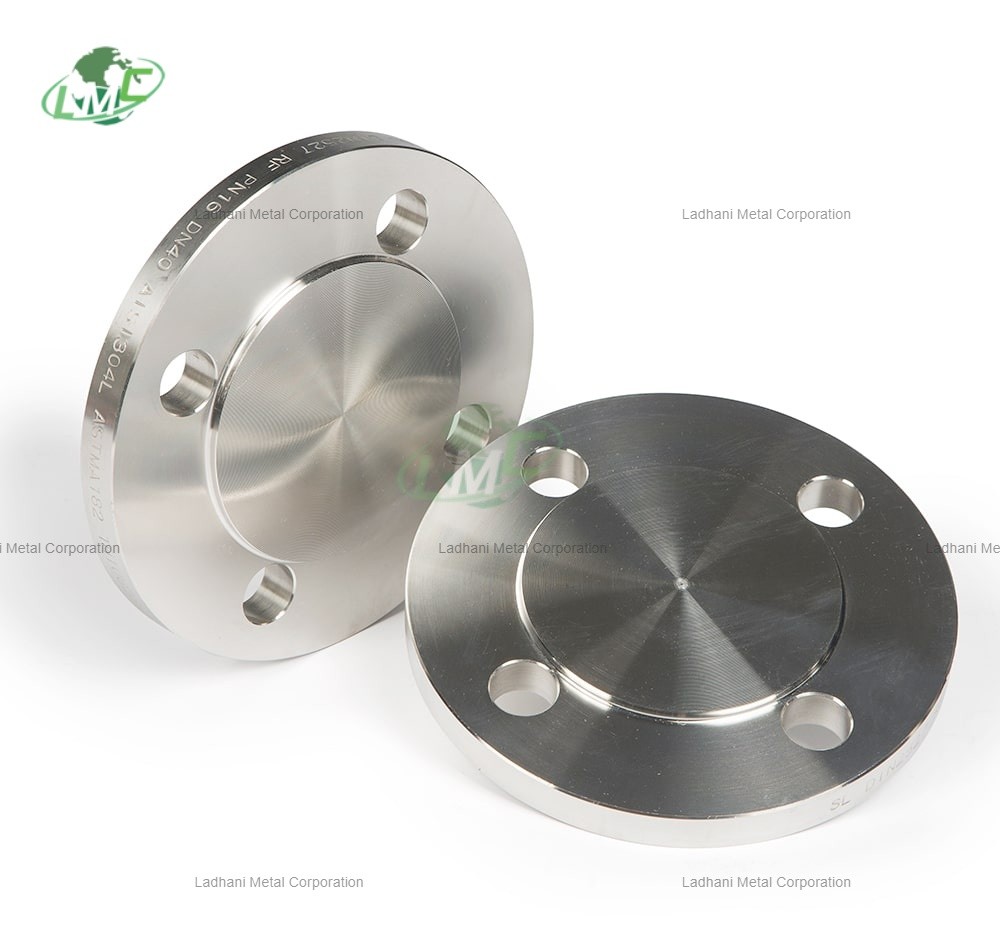A tungsten plate is a flat, solid piece of tungsten metal, known for its high density, strength, and resistance to extreme temperatures. It is commonly used in industries requiring high-performance materials, such as aerospace, electronics, and radiation shielding. Tungsten plates are highly durable, corrosion-resistant, and can withstand high levels of stress and heat, making them ideal for applications involving high-pressure or high-temperature environments.Tungsten alloy plate is produced by good processing property billets and special cold and hot rolling technology; they can be used to make tungsten target, tungsten heat elements, tungsten radiation shields and tungsten boats for electronics, lightening, electro-vacuum industries. Tungsten alloy plate play important role in manufacturing of collimator for nuclear medicine, nuclear research, geologging and homeland security. These materials provide reliable protection against X-rays and gamma radiation. characteristics of tungsten plates include: High Density: Tungsten has a very high density (19.25 g/cm³), making tungsten plates useful in applications requiring mass and weight, such as radiation shielding, ballast weights, and counterweights. High Melting Point: With a melting point of 3,422°C (6,192°F), tungsten can maintain its integrity at very high temperatures, which makes it ideal for use in environments with extreme heat, such as aerospace and manufacturing processes. Strength and Durability: Tungsten plates are strong and hard, offering excellent resistance to wear, abrasion, and deformation. This makes them suitable for use in heavy-duty applications, such as mining, military armor, and tooling. Corrosion Resistance: Tungsten plates are highly resistant to corrosion, particularly at high temperatures, and are less prone to oxidation when compared to many other metals. Electrical Conductivity: Tungsten has good electrical conductivity, making it useful in electrical applications like electrical contacts and filaments. Application: Aerospace & Defense: Tungsten plates are used in military applications, such as in armor-piercing ammunition, shielding, and components for aircraft. Medical Applications: Tungsten plates are used for radiation shielding in medical imaging and radiotherapy. Manufacturing & Tooling: Tungsten's hardness makes it an excellent material for cutting tools, dies, and machining equipment. Heavy Industry: Used as counterweights, ballast, and in the production of high-performance industrial equipment.
Send Message


